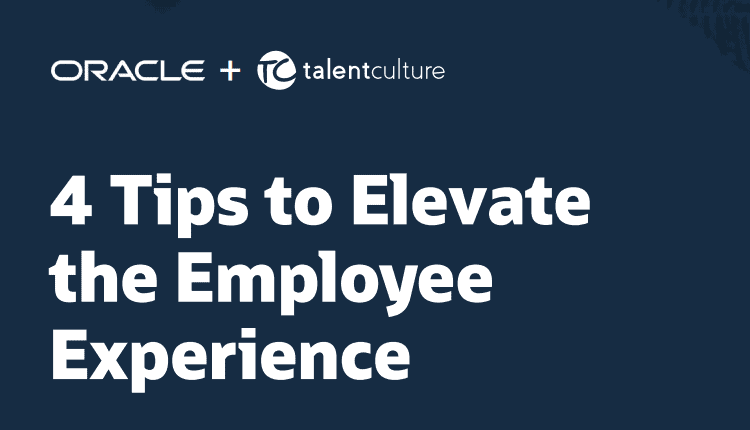Atlassian Server End of Sale and Support – What Does it Mean for You?
Change to Atlassian Server is sunsetting - How to mitigate the journey ahead

 Sponsored By: Addteq
Sponsored By: Addteq What began as a simple issue tracking software, Atlassian Server quickly diversified to a rich portfolio of products with features that have helped teams manage tasks across the length and breadth of the software delivery lifecycle. But despite having enjoyed over two decades of extraordinary success across the software delivery world, Atlassian is soon going to close its doors on Server products.
With more than 90% of organizations opting for Atlassian cloud products today, the number of organizations moving away from Server deployments is fast increasing – to leverage benefits across streamlined administration, instant scalability, and quicker time to value. To keep up with this new trend, Atlassian has therefore announced End of Life (EOL) for all of its Server products including Jira Software Server, Jira Core Server, Jira Service Management Server (formerly known as Jira Service Desk Server), Confluence Server, Bitbucket Server, Crowd server, Bamboo Server as well as Atlassian-built apps.
- Advertisement -
- Advertisement -
Download this FREE e-Book to know:
- What important price changes do enterprises need to be aware of?
- What are the short-term, medium-term, and long-term options for existing Atlassian Server users?
- For small or medium-sized organizations (with 10 to 500 users) using Atlassian Server, who do not want to move to the Cloud because of compliance issues, what are the best possible options?
- How much time is required for migration, and what are the estimated costs?
- What are the best ways to minimize downtime for end-users during the migration process?
- Is Atlassian Cloud HIPAA compliant?
- Can Atlassian Data Center be implemented on a single node (like a Server)?
- What happens if an organization continues to use Atlassian Server after 2024?
- Will there be a Data Center option with a lower user tier in the future?
- Why do you recommend consolidating instances during migration?
Advertisement






